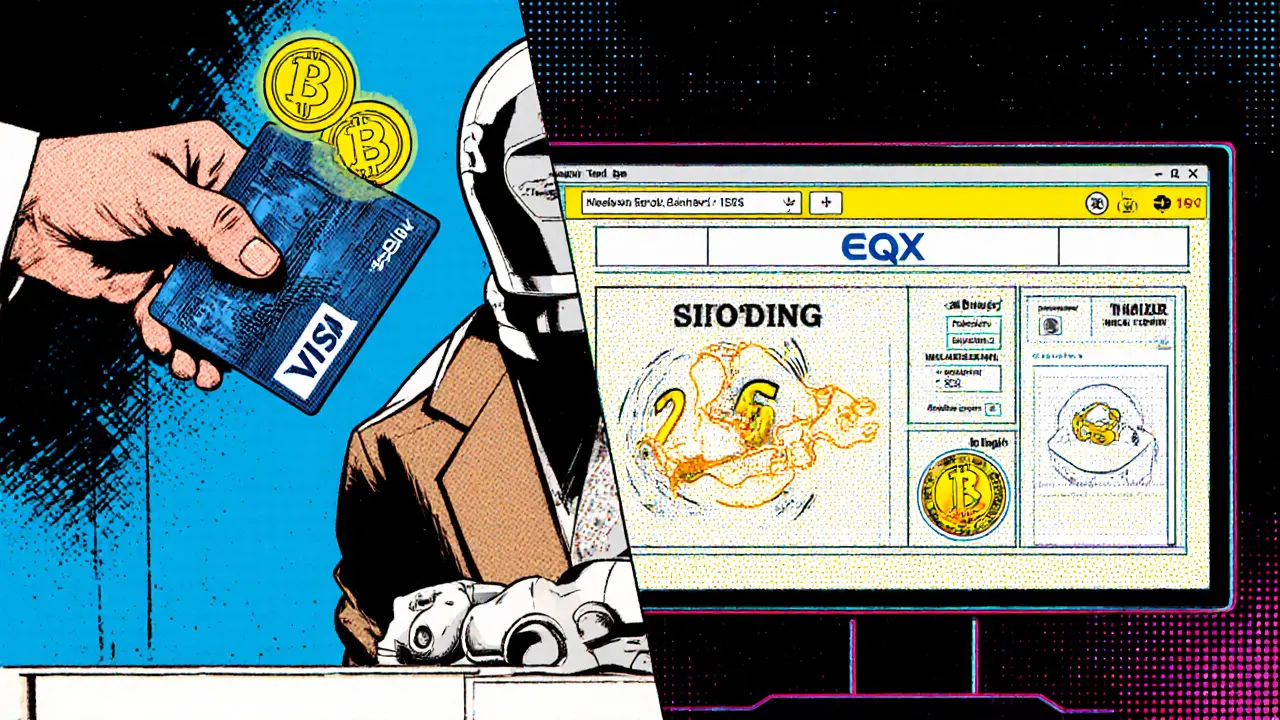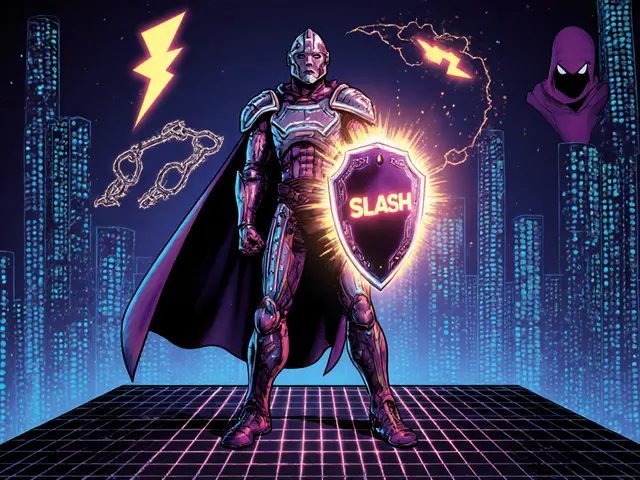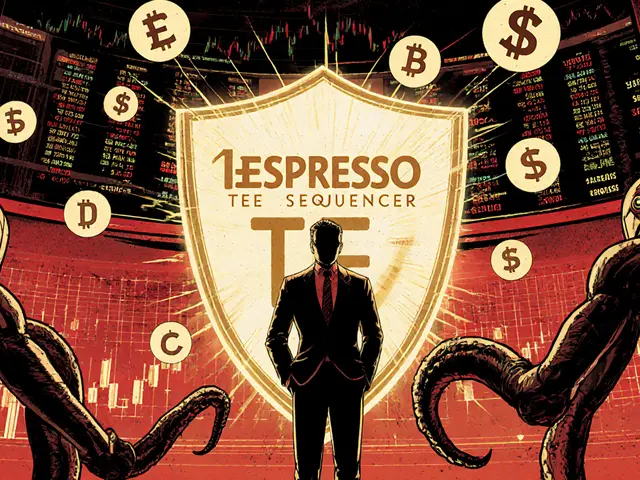EQX Staking: How It Works, Risks, and What You Need to Know
When you stake EQX, a cryptocurrency token used in a proof-of-stake blockchain network. It's not just a way to earn passive income—it's a way to help secure the network. Every time you lock up your EQX, you’re essentially lending your stake to validate transactions. In return, you get rewards—usually more EQX—paid out over time. But staking isn’t magic. It comes with real risks, like validator slashing, penalties applied when a staker’s node behaves incorrectly or goes offline, or sudden changes in network rules that can cut your returns.
EQX staking is part of a bigger system called proof-of-stake, a consensus method that replaces energy-heavy mining with token-based validation. Unlike Bitcoin’s mining model, proof-of-stake networks like the one behind EQX reward people who hold and lock tokens, not those who run powerful computers. This makes it cheaper and greener—but also more centralized in practice. If a few big wallets control most of the supply, they control the network. That’s why you need to check who’s running validators and how distributed the stake really is. Some platforms promise high yields, but if they’re not transparent about their setup, you’re just gambling with your tokens.
Don’t assume all staking is safe. Look at what happened with other tokens. One validator glitch can cost you 5% of your stake overnight. Some networks have no insurance. Others lock your tokens for weeks before you can withdraw. And if the project behind EQX fades away? Your staking rewards vanish with it. You’re not just earning interest—you’re betting on the project’s survival.
Below, you’ll find real reviews and deep dives into platforms offering EQX staking, how rewards are calculated, and what hidden risks you might be ignoring. Some posts expose shady exchanges pretending to offer staking. Others break down the math behind APYs that sound too good to be true. You’ll see what actual users have lost—and what they’ve gained. No fluff. Just facts.






